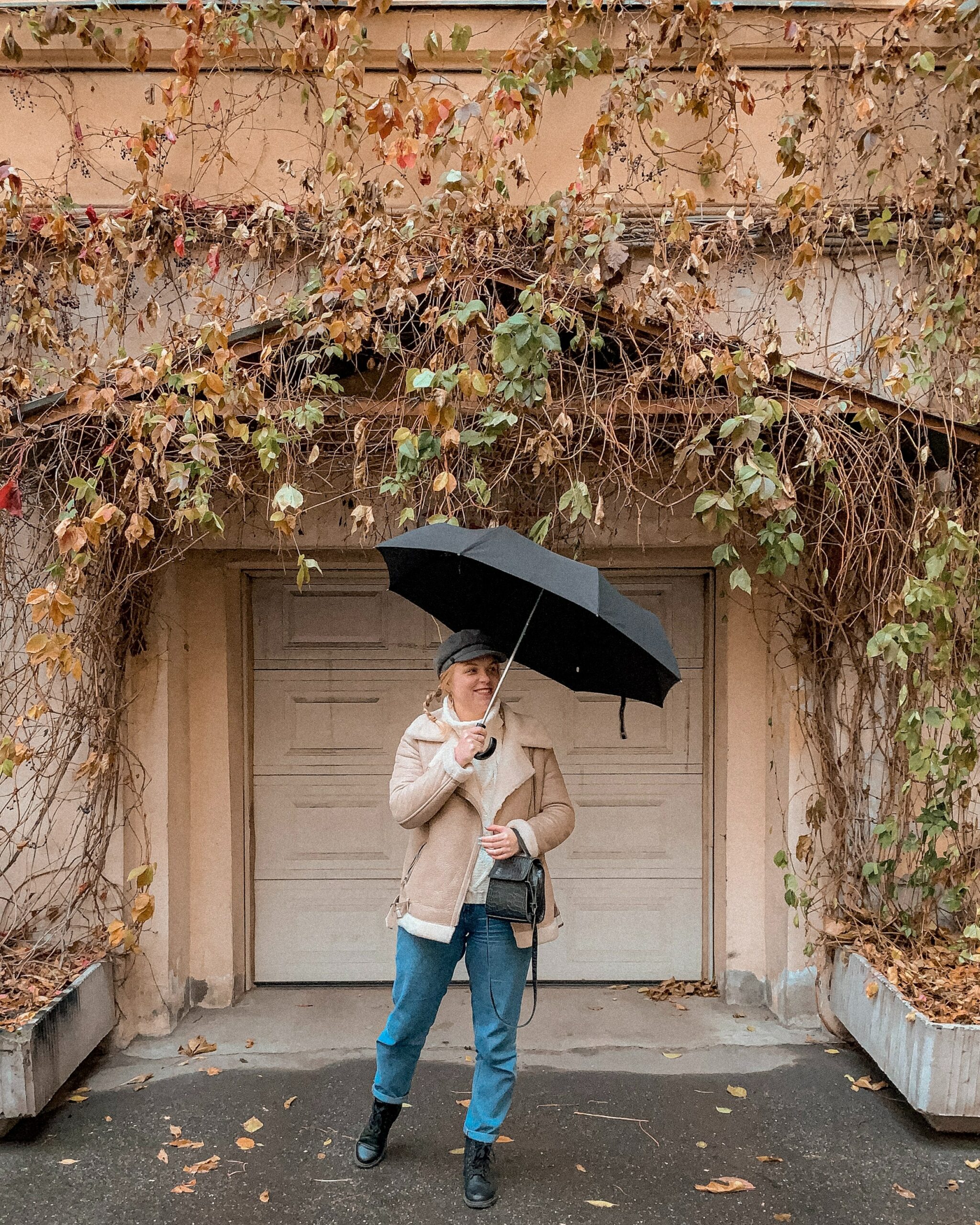The majority of people in accordance with government guidelines are reaching out for face shields and face masks to keep themselves safe and prevent the spread of coronavirus.
Months prior, face masks were seen as the only facial protection required against coronavirus. However, new reports suggest that SARS-CoV-2 can spread through eye mucus as well. This has caused many medical experts to recommend face shields.
Face shields, for the uninitiated, are curved plastic sheets that cover the entire face instead of just the mouth and nose. This post will answer all your questions regarding face masks and face shields and whether one is better than the other.
The Premise Of Face Masks
Medical experts, health organizations, and governments across the globe have recommended wearing face masks in a bid to reduce the risk of coronavirus transmission.
It is believed to act as a barrier in enclosed spaces when people cough, laugh, sneeze, or talk. Face masks are believed to prevent immediate viral exposure. However, their effectiveness greatly depends on the way it’s worn.
The majority of the general public wears face masks incorrectly. This eventually renders their entire concept as ineffective.
The benefits of wearing it are completely negated when you pull the mask down while talking, sneezing, or coughing, or wear it just below the nose. You may be placing yourself at risk of coronavirus even when you touch the outer layers of the mask and then touch your nose, mouth, or eyes.
Unfortunately, there is no clear directive as of date by medical organizations, such as CDC and WHO about the re-usage of face masks. This is when the majority of the world is washing and reusing cloth and home-made face coverings.
Additionally, the unavailability of medical masks and N95 masks remains a major issue. Nurses and doctors across the world are battling with an acute shortage of this basic PPE during the pandemic.
Concept Of Face Shield
The face shield can cover the entire face completely from head to chin. Depending on the type of shield you use, some may extend far below the chin to the lower portion of your neck as well. The face shield, as a result, prevents you from touching your face and increasing the risk of possible contamination. It also protects your eyes from small air-borne droplets that face masks fail to do.
Another major argument in favor of face shields is that smaller droplets can be easily stopped by the plastic shield as opposed to face masks. According to a recent study Efficacy of Face Shields Against Cough Aerosol Droplets From a Cough Simulator, face shields were found to reduce inhalational exposure by 96% within 3 feet of a cough.
Surgical masks, medical masks and homemade masks cannot stop small aerosol particles. In addition, N95 masks need to fit snugly to prevent breathing in any germs.
Face shields prove to be far more comfortable and convenient as compared to face masks. Face shield is not uncomfortable or restrictive even when used for long hours. They can be effectively reused after cleaning and disinfection. This proves to be a far more economical way of protection against coronavirus.
They also allow for better communication since others can see facial expressions and read lips. However, according to an article recently published in the Journal of the American Medical Association (JAMA), face shields that don’t cover ears or extend lower than chin need to be worn with face masks to be effective against virus protection.
Face Shield And Masks Are Not Exclusive to Each Other
Face shields, as per experts, is not a viable alternative to face masks on their own. Face shields are superior to masks on one important front – they offer eye protection. While they can afford a higher degree of protection by covering the entire face, they may allow smaller aerosol particles to be inhaled.
It is interesting to note that smaller particles cannot be stopped by regular medical and homemade masks either.
However, several layers of protection are always better than a single one. Dr. Daniel Morgan, M.D., a professor of epidemiology and public health and infectious disease at the University of Maryland School of Medicine claims that face shields are highly effective when worn with face masks.
Also, face masks are proven to be more effective when worn in combination with face shields, as per Morgan. Currently, the Centers for Disease Control and Prevention (CDC) have not recommended replacing face masks with face shields. However, they do note that face shields may offer a higher level of protection for those that come in sustained close contact with other people.
This is one of the reasons why most doctors and health workers use face shields as part of their PPE. According to CDC guidelines, face shields must extend past the chin and wrap around the wearer’s face.
The Verdict
When you come right at the bottom of the debate, you would find that both face masks and face shield have their own sets of pros and cons. While the snug-fit of face masks offer better protection against inhaling aerosols, they leave the eyes susceptible to infection. On the contrary, face shields may offer a complete cover for the face, but there is enough space for smaller aerosol particles containing viruses to get through.
In addition, face shield may be more bulky and constrictive to wear as compared to face masks. Ultimately, you need to remember that both these face-covering types are essential tools to prevent the spread of coronavirus. Their usage and effectiveness greatly depend on the public setting.
For instance, if you work closely with infected people, you may want to wear a face shield along with a mask. Conversely, if you are stepping out to get groceries or gas, a face mask should suffice.
For higher-level protection, experts suggest wearing both face gears along with protective eye goggles. However, there are no tangible studies yet that prove these coverings to prevent 100% coronavirus transmission.
Also, nothing can replace personal hygiene and maintaining social distancing as a preventative measure. You should try maintaining a distance of at least 6 feet whether you have a face mask or face shield on.






